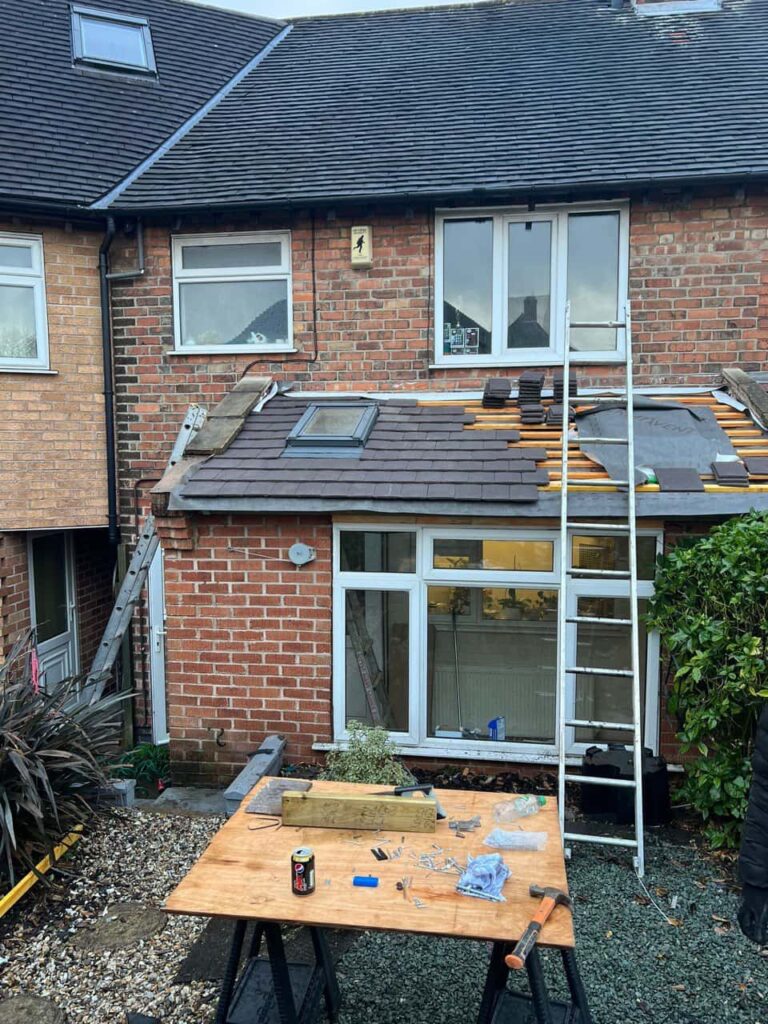Introduction: Felt roofing is a durable and cost-effective solution for protecting your home from the elements. However, like any roofing material, it requires regular maintenance and occasional repairs to ensure longevity and performance. While some tasks may require professional assistance, many routine maintenance and minor repairs can be completed by homeowners themselves. In this blog post, we’ll provide essential tips for DIY felt roof maintenance and repair to help you keep your roof in top condition.
Conduct Regular Inspections:
- Regular inspections are essential for identifying potential issues early and preventing costly damage. Schedule roof inspections at least twice a year, ideally in the spring and fall, to check for signs of wear, damage, or deterioration. Look for loose or missing shingles, cracks, blistering, and water ponding or pooling areas. Inspect the interior and exterior roof for signs of leaks or water damage.
Clean Gutters and Drainage Systems:
- Clogged gutters and drainage systems can lead to water backup and roof damage. Keep gutters and downspouts clean and debris-free to ensure proper water flow off the roof. Remove leaves, twigs, and other debris regularly after storms or heavy rainfall. Consider installing gutter guards to prevent debris buildup and reduce maintenance requirements.
Trim Overhanging Branches:
- Overhanging tree branches can cause damage to your roof, especially during high winds or storms. Trim back branches that hang over the roof to prevent them from rubbing against the surface or causing impact damage. Remove any branches that may obstruct sunlight and airflow, promoting moss or algae growth on the roof.
Seal and Repair Cracks and Tears:
- Inspect the surface of the felt roof for any cracks, tears, or punctures that may compromise its integrity. Use roofing cement or sealant to patch small cracks or tears, applying it evenly and smoothly over the damaged area. For larger repairs or areas of extensive damage, consult a professional roofing contractor to assess the situation and determine the best course of action.
Address Moss and Algae Growth:
- Moss and algae growth can not only detract from the appearance of your roof but also compromise its structural integrity over time. Remove moss and algae using a solution of water and mild detergent, scrubbing gently with a soft-bristle brush. Alternatively, consider applying a commercial moss and algae remover or preventative treatment to inhibit future growth.
Monitor and Maintain Flashings:
- Flashings are vulnerable points on the roof where two surfaces meet, such as around chimneys, vents, and skylights. Inspect flashings regularly for signs of damage or deterioration, such as rust, corrosion, or loose seals. Repair or replace damaged flashings promptly to prevent water infiltration and potential leaks.
Invest in Proper Ventilation:
- Proper attic ventilation is crucial for maintaining the health and integrity of your felt roof. Ensure adequate airflow through the attic space to prevent moisture buildup and heat retention, accelerating roof deterioration and contributing to mould or mildew growth. Install ridge vents, soffit vents, or attic fans to improve ventilation and airflow.
Conclusion: Regular maintenance and timely repairs are essential for preserving the integrity and longevity of your felt roof. By following these DIY tips and staying proactive with your roof maintenance efforts, you can protect your home from water damage, extend the life of your roof, and avoid costly repairs down the road. If you’re unsure about any aspect of DIY roof maintenance or encounter significant damage, don’t hesitate to seek professional assistance from a qualified roofing contractor.
Call us on: 01480 776 289
Click here to find out more about Huntingdon Roofing Repairs
Click here to complete our contact form and see how we can help with your roofing needs.

